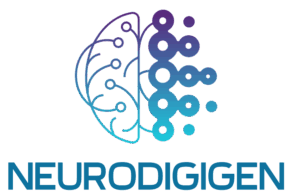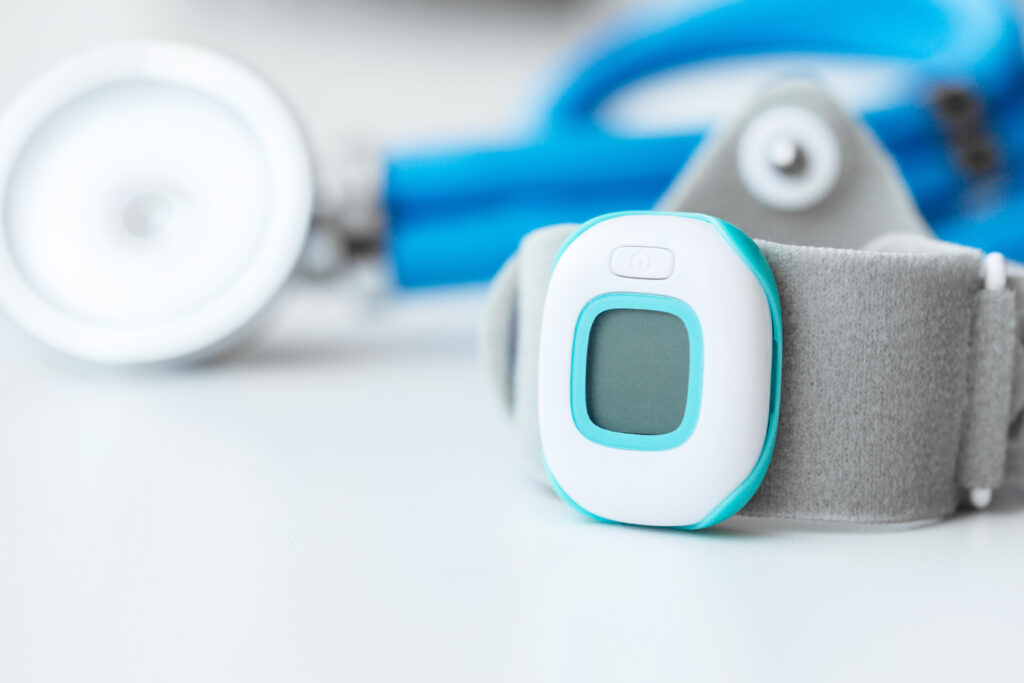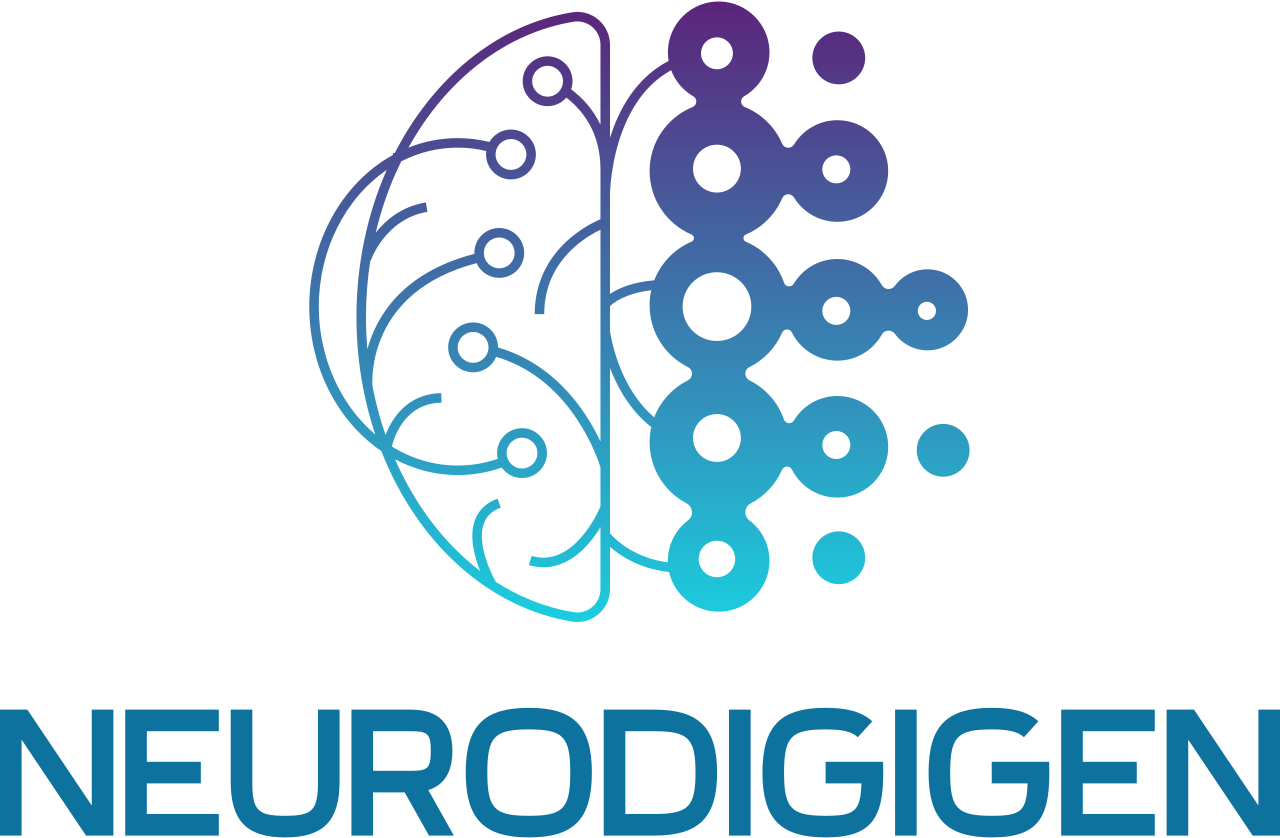Wearable Parkinson’s Diagnostic and Measurement Devices
Introduction
Parkinson’s disease is a progressive neurological disorder that affects movement, coordination, and quality of life. Early diagnosis and continuous monitoring are essential for managing the disease effectively. Wearable diagnostic and measurement devices provide a non-invasive way to track motor symptoms, tremors, gait changes, and other biomarkers, allowing physicians to deliver more precise and timely care.
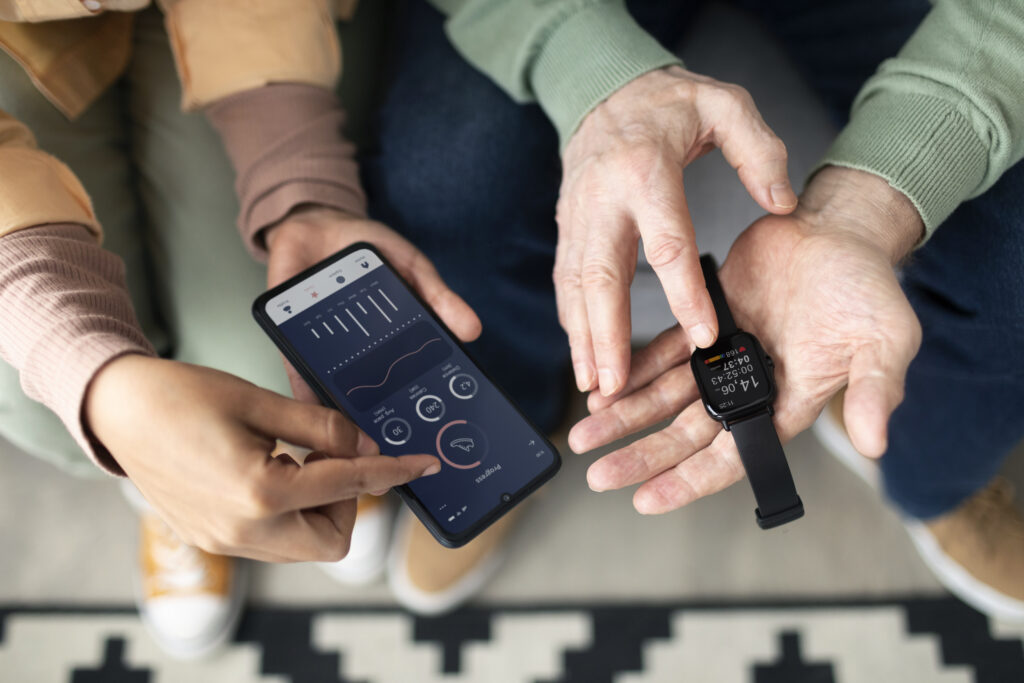
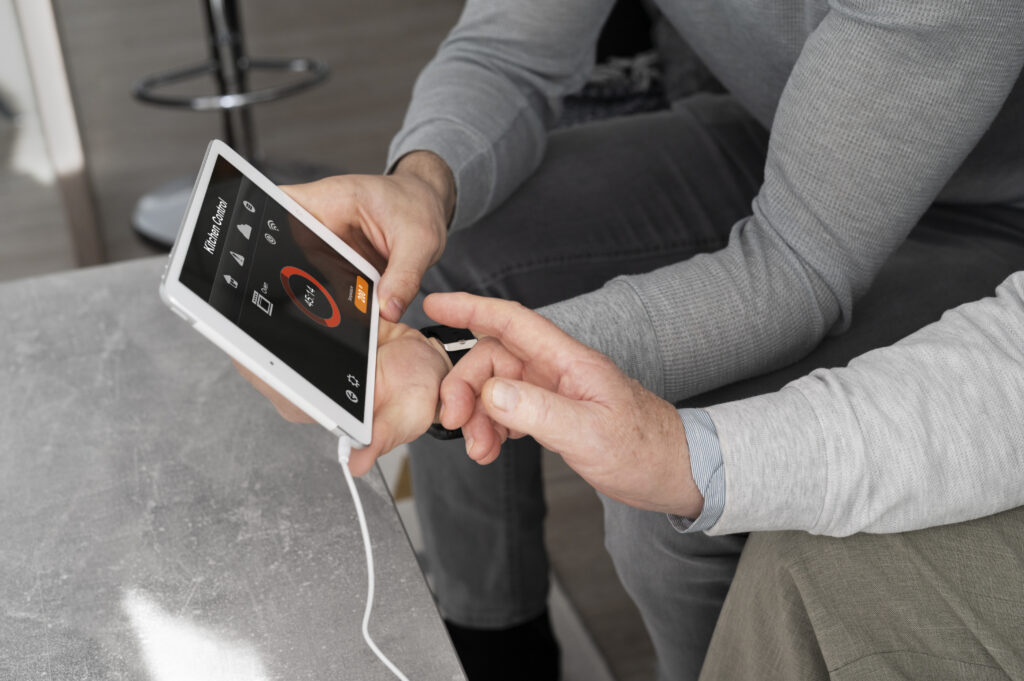
Clinical Applications
Wearable devices can transform how Parkinson’s is diagnosed and monitored:
Early Detection: Identifying subtle motor changes before clinical symptoms become obvious.
Continuous Monitoring: Recording tremors, rigidity, and movement fluctuations throughout the day.
Treatment Optimization: Providing real-time data to adjust medication dosage and timing.
Rehabilitation Support: Monitoring progress in physical therapy and exercise programs.
Research & Clinical Trials: Offering objective data for drug development and treatment evaluation.
Advantages
Wearable Parkinson’s devices bring significant advantages to patients and healthcare providers:
Non-invasive, patient-friendly technology.
Real-time, objective, and continuous symptom tracking.
Early intervention opportunities to slow disease progression.
Improved personalization of treatment plans.
Empowering patients with greater control over their health.
Future Outlook
As sensor technology, artificial intelligence, and mobile health platforms advance, wearable devices will become essential tools in managing Parkinson’s disease. Future devices will not only measure symptoms but also predict flare-ups, track treatment responses, and integrate with remote healthcare platforms. Ultimately, wearable Parkinson’s diagnostics will enable earlier detection, better management, and improved quality of life for millions of patients worldwide.

